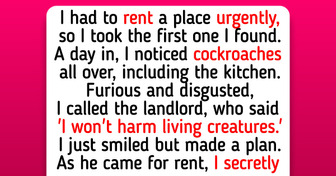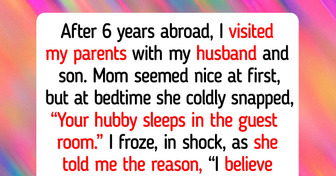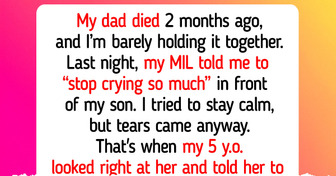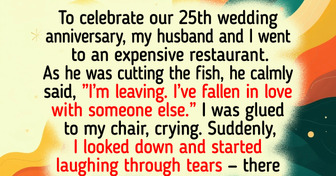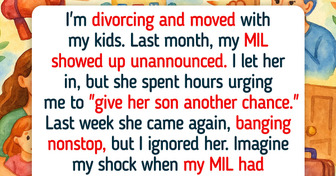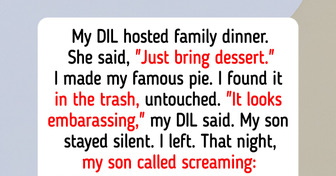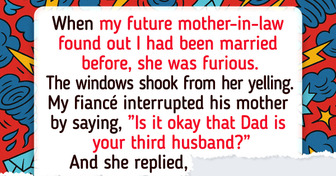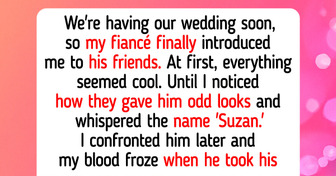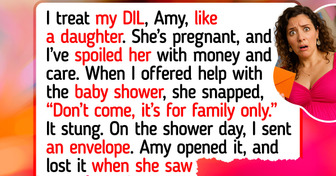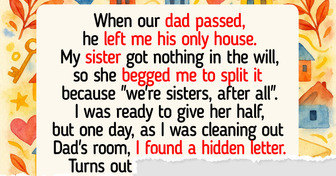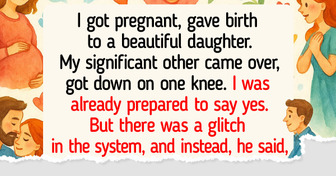15+ Stories That Prove the Family Group Chat Is Our Favorite Sitcom
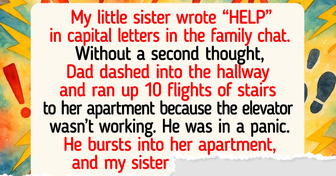

There is a common belief that marketing costs always pay off. At least, that’s what advertising agencies say when they discuss a campaign budget with their client. Alas, the marketing history has many examples of allegedly ingenious advertising ideas that have turned out to be failures in reality.
At Bright Side, we too are interested in both successful and unsuccessful advertising campaigns, so we found out which bright advertising campaigns became real failures for their creators.
In the 1980s, A&W attempted to capitalize on the success of the Quarter Pounder—and drum up a little competition for McDonald’s—by introducing a third-pound burger. The bigger burger gave consumers more bang for their money. It was priced the same as the Quarter Pounder but delivered more meat. It even outperformed McDonald’s in blind taste tests, with consumers preferring the flavor of A&W’s burger.
But when it came down to actually purchasing the third-pound burgers, most Americans simply wouldn’t do it. Baffled, A&W ordered more tests and focus groups. After chatting with people who snubbed the A&W burger for the smaller Quarter Pounder, the reason became clear: Americans suck at fractions. People thought a third of a pound was less than a quarter of a pound. After all, 3 is less than 4!
“So imagine you run a Canadian ice cream company, called ‘Little Baby’s Ice Cream.’ How do you better sell your company and your ice cream? With a cool advert of course! Maybe some happy looking people, eating ice cream with their family on a beach or something.
If only that was how it actually went. Little Baby’s Ice Cream created the 2 most horrifying adverts I’ve ever seen. I first saw this advert at 13 years old. I had nightmares for weeks because of it. But you know... nothing sells ice cream better than watching a dude seemingly made out of ice cream, eating himself. After these ads aired, Little Baby’s ice cream wasn’t as popular anymore. I can only wonder why...” © Ciaran Love / Quora
Fiat sent anonymous, personally-addressed letters on pink paper. The letters had no indication they were from the carmaker’s advertising campaign. They sent them to 50,000 unsuspecting Spanish women across the country.
“Yesterday we saw each other again. We met on the street and I noticed how you glanced interestedly in my direction,” it said in the letter. It even went further to say, “I only need to be with you for a couple of minutes, and even if it doesn’t work out, I promise you won’t forget our little experience together.”
The personality of the sender was revealed in the next letter that came 4 to 6 days later. But by that time, women were so scared they avoided leaving home without a male companion, or they even turned to the police. Given the public uproar, the second round involving 50,000 new recipients was canceled. Fiat sent apology letters to each recipient, including a third letter with an explanation of the campaign.
For years, consumers associated the Tropicana brand with an orange that had a straw sticking out of it. In 2009, the company decided to replace the existing package design for its best-selling orange juice with new modern packaging. Tropicana invested 35 million dollars in an advertising campaign that promoted the new packaging for the fruit juice brand and introduced it in stores.
It was a disaster. A few days later, consumers started criticizing the new design, especially on social networks. 2 months later, sales dropped by 20%. In total, this initiative cost Tropicana more than 50 million dollars. Meanwhile, Tropicana’s competitors took advantage of the “Tropicana crisis” and gained sales lost by the popular fruit juice brand.
KFC began to distribute coupons for free chicken to attract more customers. Unfortunately, the company announced this promotion on one of Oprah’s TV shows.
10 million coupons were downloaded from Oprah’s official website. The company lost $42 million and had a big blow to their image because some customers couldn’t get their free lunch. KFC had to apologize to their customers and Oprah Winfrey.
The Energizer company decided to use a pink rabbit in their advertising. The commercial was very popular, and at the same time the company profit dropped twice while the profit of their competitor’s brand, Duracell, doubled.
The fact is that the Duracell company had been using a similar pink rabbit as their mascot. So Energizer ended up promoting their competitor and viewers thought that this was a Duracell commercial.
In 2008, Indian businessman Ratan Tata announced the launch of a “people’s car” project. The small car called Tata Nano cost only $2,500, and it seemed like a great offer for the Indian market at first. However, sales of the “people’s car” fell way short of expectations.
Even though it was a good car, Ratan Tata didn’t take into account the fact that a car in India was a symbol of status. Thus, a buyer of a Tata Nano was actually showing that they were poor. As a result, Indians chose to buy an expensive motorcycle over a cheap car.
Domino’s Pizza in Russia offered 100 years of free pizza to people who tattooed the company’s logo on their body and shared an image of the tattoo on social media. The promotion was supposed to last 2 months — but the company had to end it after just 5 days, because too many people found this promotion too beneficial to ignore.
The company had to urgently announce it would instead promise pizzas to the first 350 people who shared their Domino’s tattoos, and asked those with appointments at tattoo salons scheduled for later, to cancel them.
In 1992, Pepsi Philippines announced that they would print numbers, ranging from 001 to 999, inside the caps of Pepsi, 7-Up, and Mirinda bottles. Certain numbers could be redeemed for prizes, which ranged from $4 to $40,000 for the grand prize. By the time everything went wrong, 17 grand prizes had been already redeemed.
On one of the campaign days, the company announced that the grand prize number for that day was 349. However, because of a computer error, 800,000 regular bottle caps had been printed with the number 349. Theoretically, these bottle caps were cumulatively worth $32 billion. The company offered $18 to holders of the mistakenly printed bottle caps, as a “gesture of goodwill,” and it cost the company $8.9 million. This story seriously damaged the company’s reputation, and about 22,000 people took legal action against PepsiCo.
In the beginning of the 1990’s, Coca-Cola developed a special mechanical can called MagiCan. Coca-Cola wanted to bring its fans prizes but eventually lost $100 million while some of its consumers decided that they had been poisoned. In this promotion, some Coca-Cola cans had cash prizes or gift certificates inside instead of Coca-Cola. The prizes were spring-loaded to pop out of the top once the can was opened. To make the cans feel and weigh normal, and prevent people from easily finding the prize cans, a sealed area within the cans was filled with a mixture of chlorinated water and a foul-smelling substance to discourage drinking.
However, they didn’t inform the consumers that a MagiCan looks the same as a regular can. And as a result, the company received many complaints about the foul-smelling drink and ruined prizes, and some of the consumers had to go to the hospital. The company had to finish the promotion after just 3 weeks.
Dove is well-known for its ‘Real Beauty’ brand campaign. Once Dove put out a set of ‘limited edition body washes’ with 6 different, kinda-woman-shaped, bottles trying to show that a woman’s body is beautiful in any shape.
The promotion ended up to be a failure because women didn’t want to choose bottles in accordance with their body type. Women perceived the campaign idea to be insulting and contradicting to the main Dove brand message.
Shortly after Prince Harry and Meghan announced that they’d be stepping back from their senior royal roles and splitting their time between North America and the U.K., Tim Hortons decided to jump in with an offer it hopes will sway the couple to come to Canada. “No pressure, Meghan and Harry, but if you do choose to move to Canada, free coffee for life. Think about it,” the restaurant wrote on its official Twitter account.
It was supposed to be funny, but the company received a lot of negative comments about their employment practices on social networks. “Sort out paying your workers a living wage before you start giving freebies to the rich,” one of the comments said.
Many big companies suffered loss when tried to become friends with their consumers on social networks. Like McDonald’s who launched a Twitter campaign using the hashtag #McDStories — it was hoping that the hashtag would inspire heart-warming stories about Happy Meals.
The campaign had to be stopped after 2 weeks because people started sharing their negative feedback on these fast food restaurants instead of inspiring stories. The final straw became the revelations of former McDonald’s employees who were sharing the restaurants’ secrets.
Do you know any other unsuccessful advertising campaigns? Tell us in the comments below.

